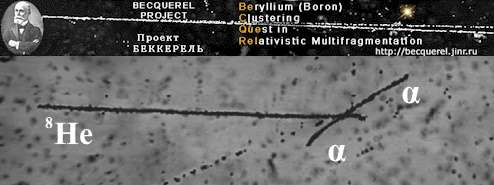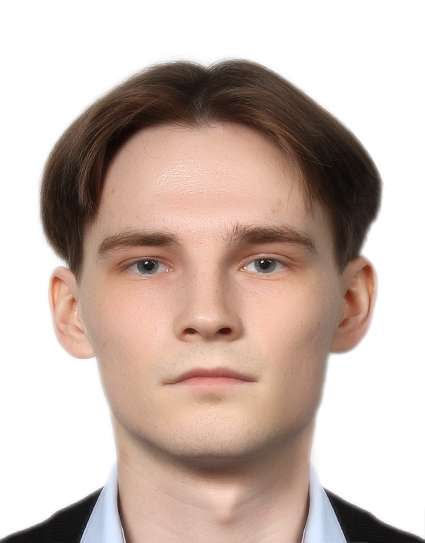The test experiment allows radioactive 8He nuclei to be independently identified by their decays as they stopped in the emulsion, the possibility of carrying out the alpha spectrometry of these decays to be estimated, and the drift of thermalized 8He atoms in matter to be observed for the first time. The experiment proved the high purity of the beam of radioactive nuclei formed at the ACCULINNA facility with an energy ranging from 10 to 30 MeV/nucleon.
Tasks
1. Modeling the passage of helium ions through the volume of a nuclear photoemulsion in the SRIM program.
2. Measuring the total ranges of the primary 8He tracks and produced alpha particles.
3. Determining the range-energy dependence for alpha particles in a nuclear photoemulsion.
4. Determining the invariant masses for pairs of alpha particles in observed events.
Preliminary schedule by topics/tasks
Week 1: Modeling the passage of helium ions through the volume of a nuclear photoemulsion in the SRIM program.
Week 2: Measuring the total ranges of the primary 8He tracks and produced alpha particles.
Week 3: Determining the range-energy dependence for alpha particles in a nuclear photoemulsion.
Week 4. Determining the invariant masses for pairs of alpha particles in observed events.
Required skills
Skill in working with SRIM and ROOT programs
Acquired skills and experience
Mastering the technique of nuclear photoemulsions, analysis and presentation of physical data based on real experimental data.
Recommended literature
Specific literature on this topic can be found on the website: http://becquerel.jinr.ru/text/books.html



